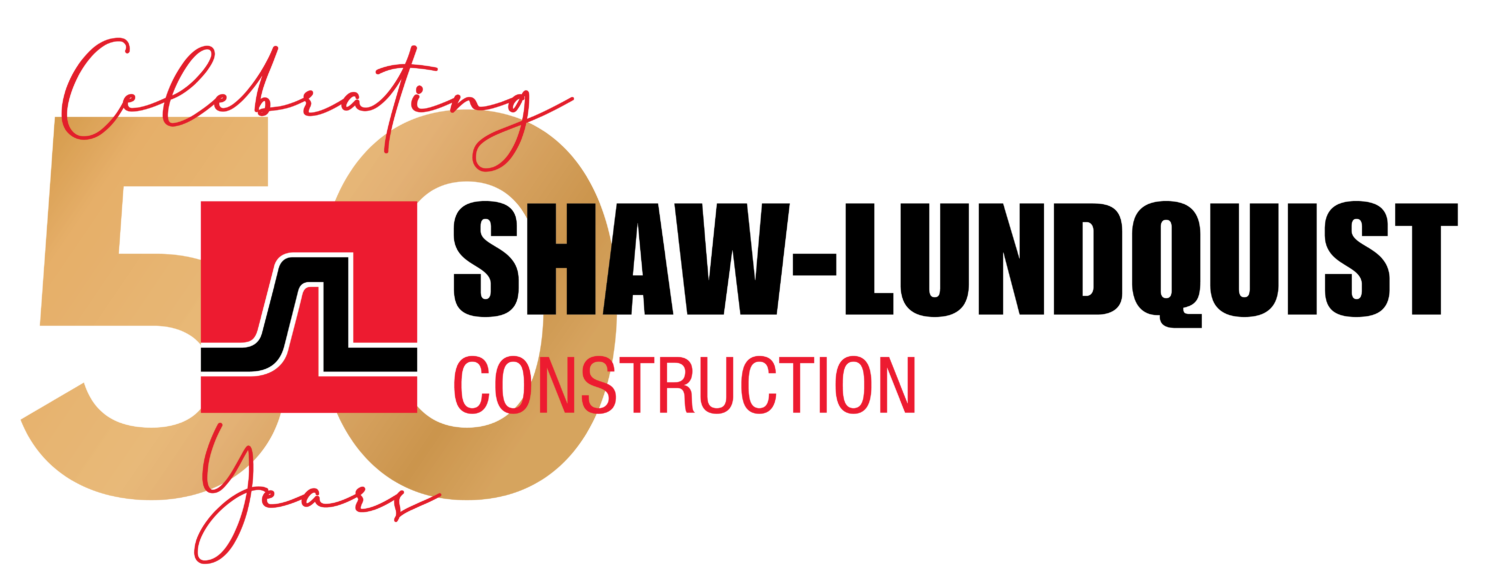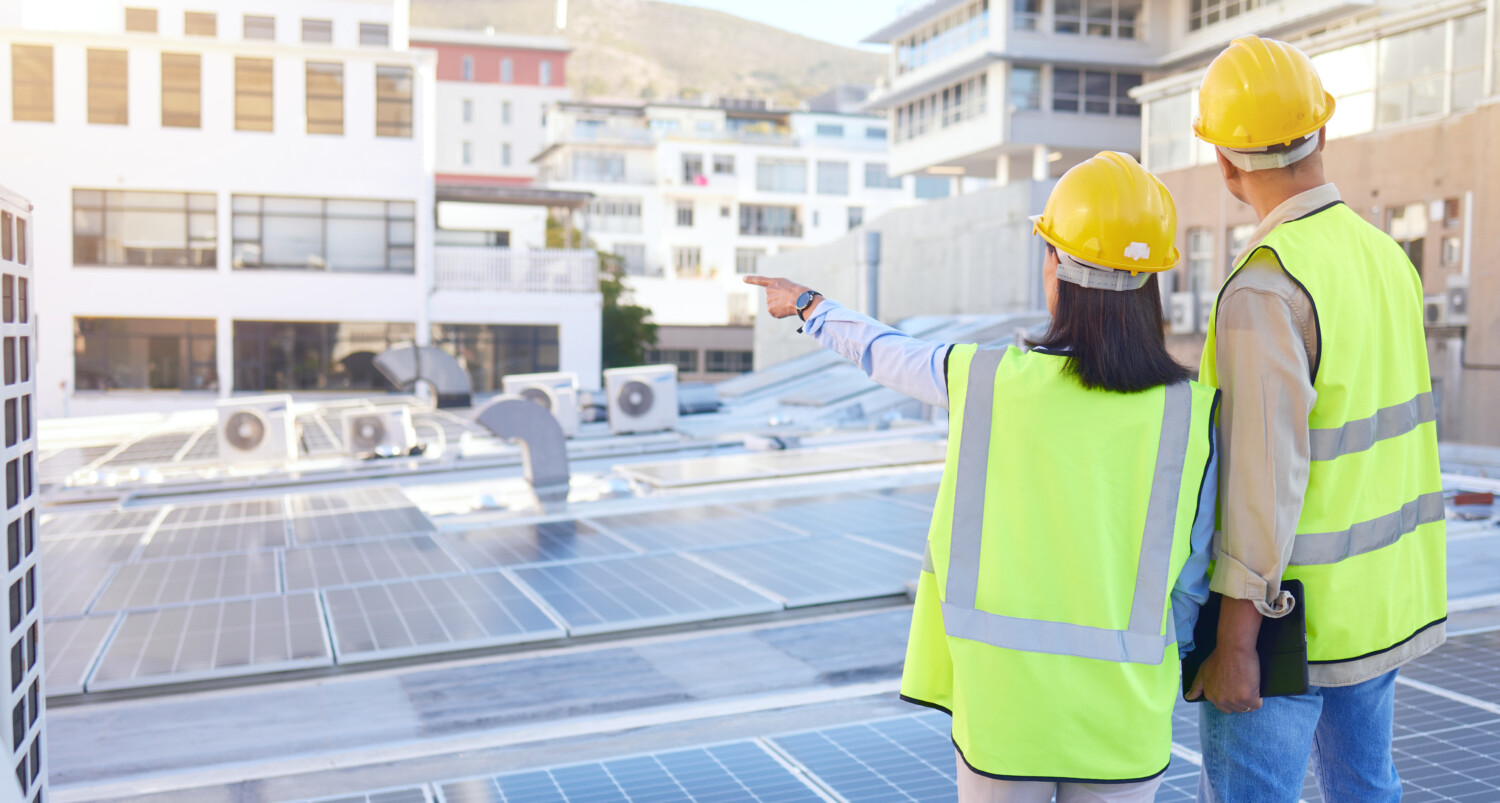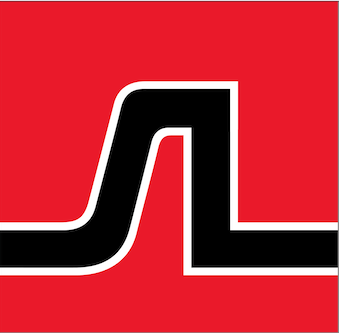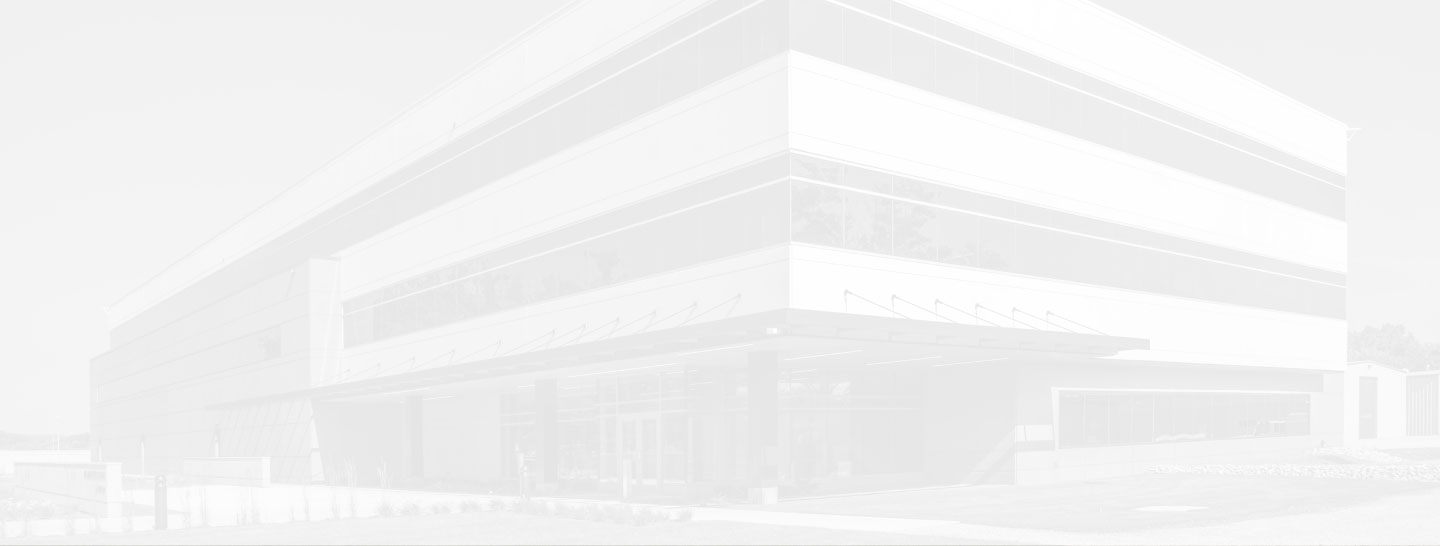In the rapidly evolving landscape of the Architecture, Engineering, and Construction (AEC) industry, sustainability is taking center stage. As the world grapples with climate change and environmental degradation, the push towards sustainable building practices has never been more prevalent. This shift responds to the urgent need for environmental stewardship and, also, opens exciting avenues of innovation.
The Significance of Sustainable Building
Sustainable buildings revolve around designing and constructing spaces that reduce or eliminate negative impacts on our environment and building occupants. This approach incorporates energy efficiency, resource conservation, and the use of renewable materials to create healthier, more sustainable communities. The benefits extend beyond environmental preservation, offering economic advantages through reduced operating costs and social benefits by improving overall quality of life.
Challenges in Implementing Sustainability
Transitioning to sustainable practices is not without hurdles. The AEC industry faces challenges including high initial costs of green materials and technologies, a lack of awareness and understanding of sustainability benefits, and regulatory barriers. However, these obstacles can be overcome through education, innovation, and supportive policies that encourage sustainable development.
Emerging Trends in Sustainable Building
The horizon line for sustainable buildings is bright, with cutting-edge materials like self-healing concrete and energy-generating solar glass paving on the way. Green certifications, such as LEED and BREEAM, play a crucial role in setting standards and benchmarks for sustainability. These trends not only promise to reduce the environmental footprint of buildings but also enhance their efficiency and livability. It is a work in progress well worth advancing.
Spotlight on Innovation: An Upcoming Sustainable Project
Shaw-Lundquist’s 30,000 Feet Community Education Center, a non-profit project in St. Paul is set to be an example for sustainable design and community well-being, well-integrated with transportation resources and other community amenities. This ambitious project seeks LEED-Silver certification, full compliance with the Minnesota B3 Guidelines, and the City of St. Paul’s Overlay requirements. Currently in design phase, the project is using a collaborative approach to incorporate geothermal energy for heating and cooling, a rooftop solar array for clean energy generation, and an all-electric infrastructure to maximize efficiency. Adhering to the SB 2030 Energy Standards, its design maximizes solar gain while incorporating sunshades to reduce energy consumption. Water conservation is another key focus, with a goal of reducing indoor water use by 30% and landscaping water use by 50%, helped by the selection of native and low water plantings. Environmentally conscious material and product selections, the use of low-emitting interior materials, and a commitment to divert at least 75% of construction waste from landfills underline the project’s holistic approach to sustainability. The 30,000 Feet community center is ready to offer a sustainable, efficient, and health-conscious space for program participants. It is a forward-thinking approach to community design.
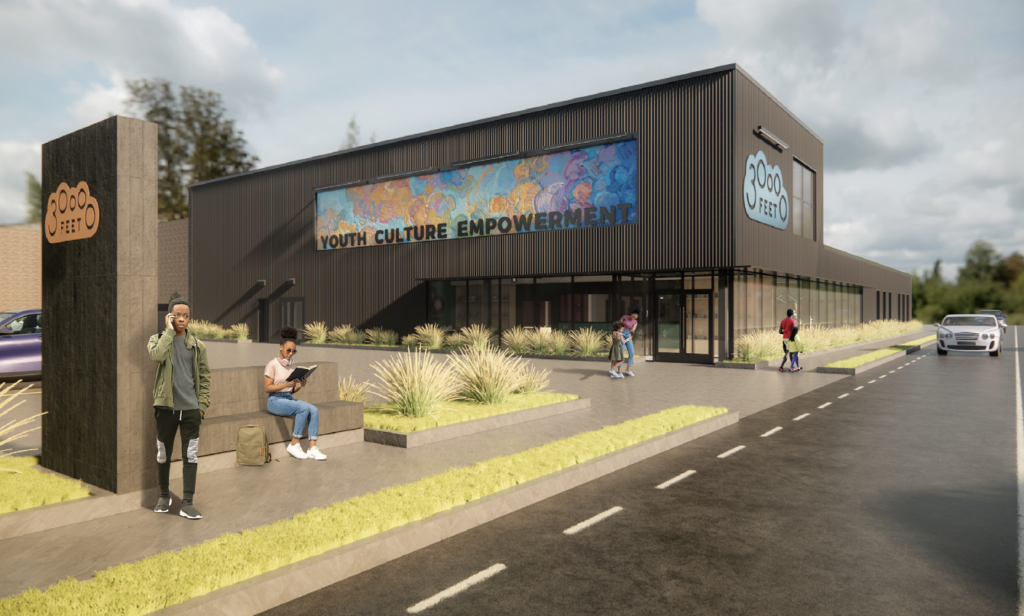
The Role of Partnerships and Collaboration
Achieving sustainability goals in the AEC industry requires a collective and committed effort. Architects, engineers, contractors, trade partners, investors and clients must work together to integrate and incorporate sustainable practices. These partnerships not only foster innovation but also help in scaling sustainable solutions for projects of all types and sizes.
The journey towards sustainability in the AEC industry is both a worthwhile challenge and a welcome opportunity. By embracing sustainable building practices, the AEC industry mitigates its own environmental impact and, at the same time, creates value for clients and communities. The AEC industry is well-positioned to prioritize sustainability and lead the way towards a more resilient future.
